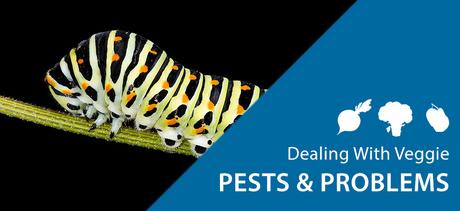
There is nothing like bringing in the harvest each autumn, seeing the results of your planning, work and patience come to fruition and fill your kitchen with food and satisfaction.
There's no reason why this feeling need be limited to the autumn though; there are plenty of vegetables that can keep for long enough to bring out of storage in the winter months or, even better, crops you can grow through the winter and harvest fresh despite the cold.
When should you sow your seeds?
Here we will give you detailed advice on when it's best to plant your seeds.
Spring or summer
In the late spring, plant your Brussels sprouts, kale, leeks and winter cabbage to give them sufficient time to mature for mid-winter harvests. Frost shouldn't damage them much, if at all, and you can harvest them as you need them, ensuring freshness and maximum taste.
As summer begins, chard, chicory, land cress and parsley can go in. You can harvest these as early as the autumn, but you can also cover some or all of them in fleece for harvest later on. That bit of extra insulation will keep them in good shape well into the winter season.
Late summer or autumn

As summer wanes, corn salad, mustard, rocket and oriental leaves such as komatsuna, mibuna, or mizuna can go in. You can harvest leaves from these without removing the whole plant, so they can regrow them and sustain a regular supply. They may need to be covered by a fleece or coldframe to protect from frost.
Finally, potatoes, that staple of any garden, can be planted any time in the latter half of summer and harvested from late summer through the winter months.
The use of poly tunnels is a low cost way to extend the growing season ( ref).
How to grow your winter harvest vegetables?
Many winter vegetables grow slowly - which is part of why they are so hardy - so you'll need some patience and planning in most cases.
Some crops, such as brassicas and leeks, should be sown into seed trays or something similar to allow some indoor growth prior to taking them outside.
They can be moved once the plants form two to four pairs of true leaves or, in the case of leeks, when they are about the thickness of a standard pencil. Make sure to harden them off before moving them outdoors so that they are not damaged or killed by the sudden shock of their new environment.

Some plants, like parsnips, can be sown directly into the ground, but may take a month or two to germinate. Salad plants can also be planted directly into the ground, but it is best to sow them into shallow, pre-watered drills.
Don't forget to keep these plants well-watered, even when you can't yet see them. Hoe between the rows to reduce competition for nutrients, water and sunlight, and cover any leafy plants (including salads of course) prior to frosts.
What problems may occur?

Gardening, as with any agricultural pursuit, can have its share of challenges no matter how carefully you prepare. If plants are over-stressed, bolting can occur. Pests such as caterpillars, flea beetles, whitefly, slugs, snails, and even pigeons can cause considerable damage as they attempt harvests of their own. These are prevalent in the American organic farming industry ( ref).
If heavy rains follow a period of drought, root vegetables can bring in water too quickly, causing splitting. Watering regularly during dry periods can reduce this risk.
